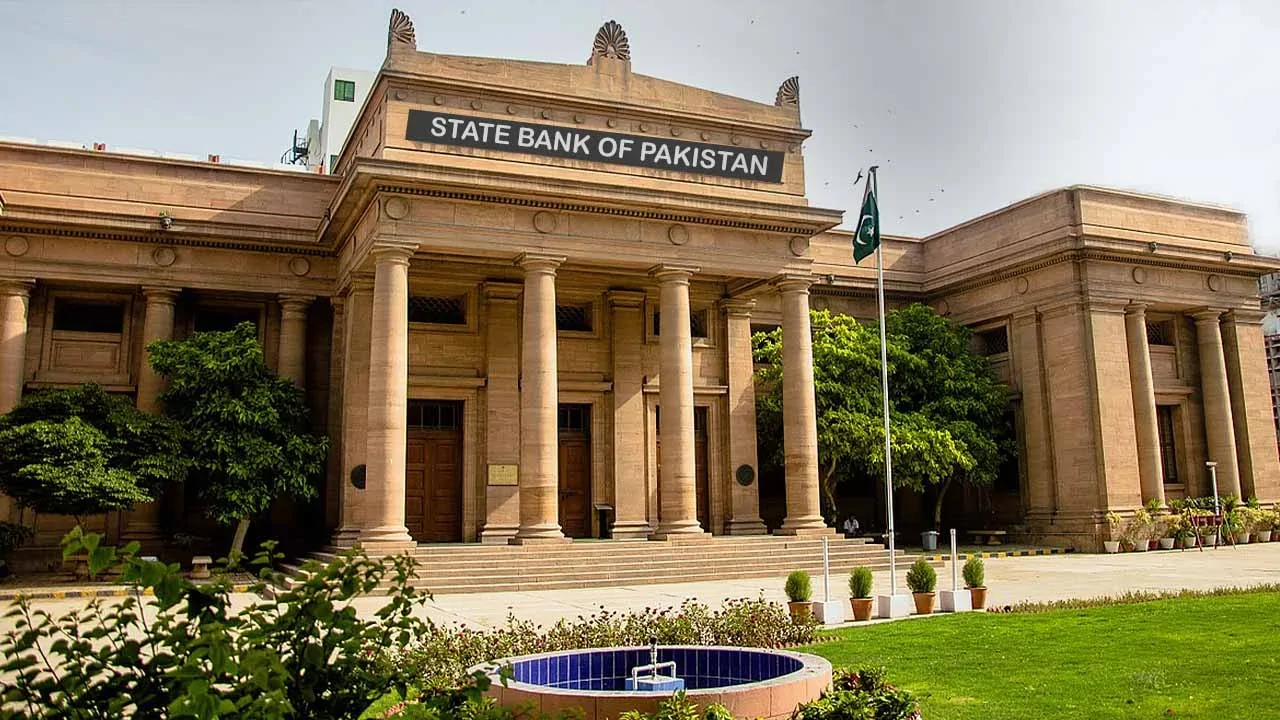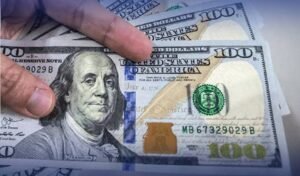The State Bank of Pakistan (SBP) is expected to announce a 100 basis points (bps) cut in its monetary policy rate this month, following five consecutive rate cuts in 2024. If implemented, this would bring the policy rate down to 12%, according to a report by Arif Habib Limited.
The anticipated rate cut comes as inflation in Pakistan continues to decline sharply, with headline inflation projected to drop to 3.06% in January 2025—the lowest level in nearly nine years. This follows a year-on-year (YoY) inflation rate of 4.1% in December 2024, which was already an 80-month low. For comparison, inflation stood at a staggering 29.7% during the same period last year.
Inflation Trends and Outlook
The downward trend in inflation is expected to persist through April 2025, with projections remaining below 5% due to a favorable base effect. However, inflation is likely to rise again in May and June 2025, with forecasts of 8.81% and 8.97%, respectively, as the base effect begins to fade after the first quarter of the year.
The sharp decline in inflation has been attributed to several factors, including the high base effect and the stabilization of the Pakistani rupee (PKR).
Key Economic Indicators Supporting the Rate Cut
The significant drop in inflation is the primary driver behind the expected rate cut. Additionally, other key economic indicators have strengthened Pakistan’s position:
- Current Account Surplus: Pakistan recorded a current account surplus of $729 million in November 2024, the highest in nearly a decade and a sharp turnaround from the $148 million deficit in November 2023. For the first five months of FY25 (5MFY25), the current account surplus stands at $944 million, compared to a $1.68 billion deficit during the same period last year.
- Remittances: Remittances have surged by 34% YoY in 5MFY25, totaling $14.8 billion, further bolstering Pakistan’s external position.
- Foreign Exchange Reserves: SBP’s foreign exchange reserves have risen to $11.7 billion as of December 27, 2024, up from $9.4 billion in June 2024. This increase is largely attributed to the IMF’s first tranche of $1 billion under the 37-month Extended Fund Facility (EFF) and inflows from institutions like the Asian Development Bank (ADB).
- Large-Scale Manufacturing (LSM): Despite a 0.6% YoY decline in LSM growth during the first four months of FY25 (4MFY25), a rate cut is expected to lower production costs, boosting demand and supporting industrial recovery.
Real Interest Rate and Historical Trends
The real interest rate is projected to reach 9.98% in January 2025, significantly higher than its historical average of around 2.5%. Additionally, the historical spread between the policy rate and core inflation has averaged 1.7% over the past nine years. These factors suggest that the SBP has ample room to adjust rates further without destabilizing the economy.















